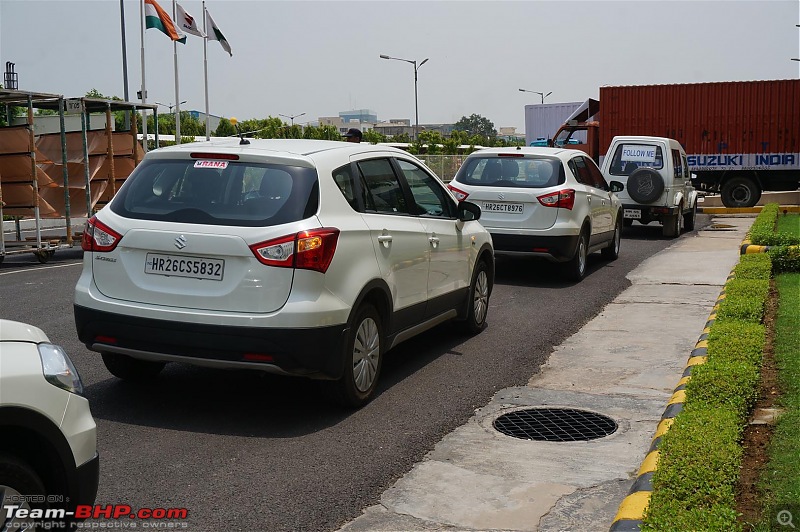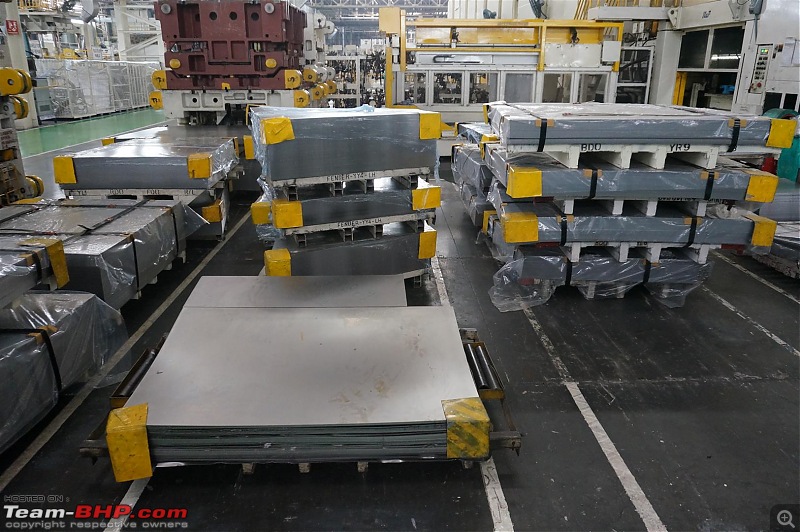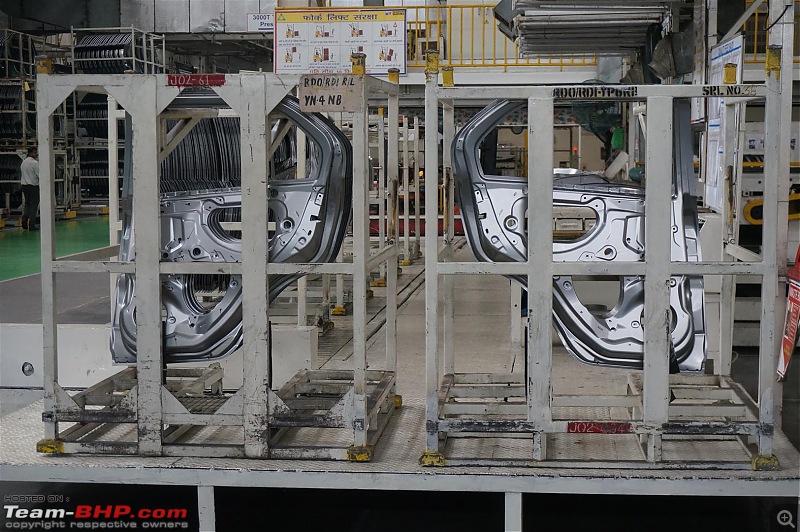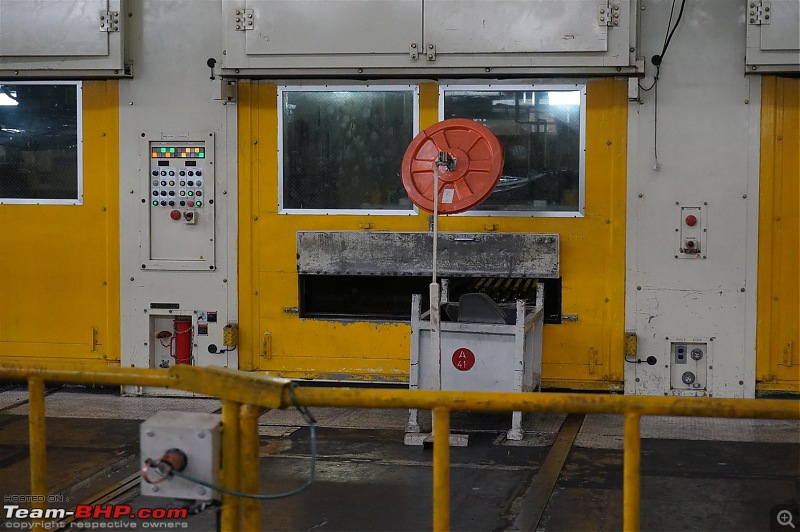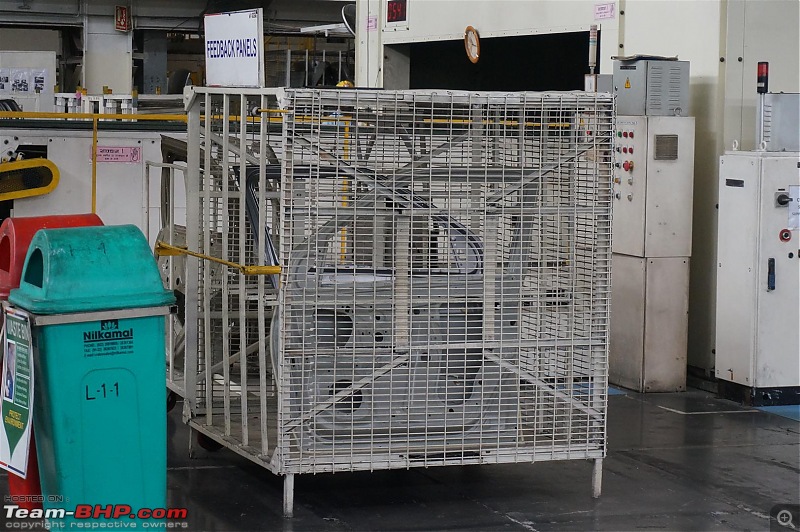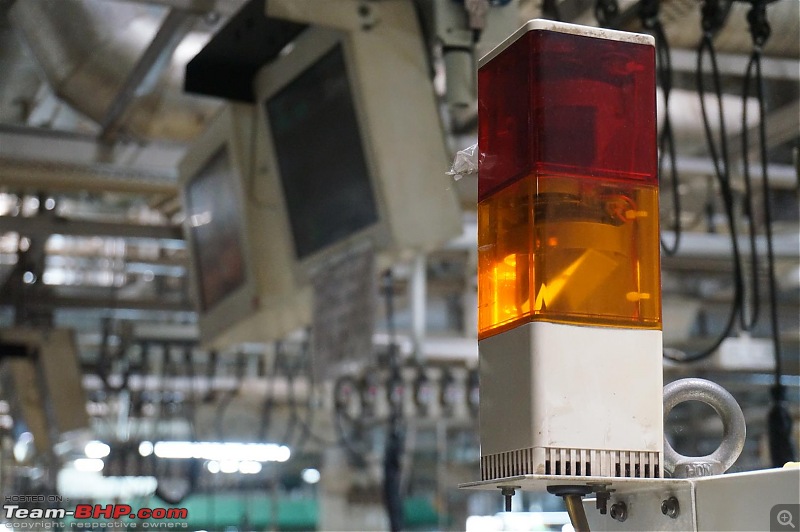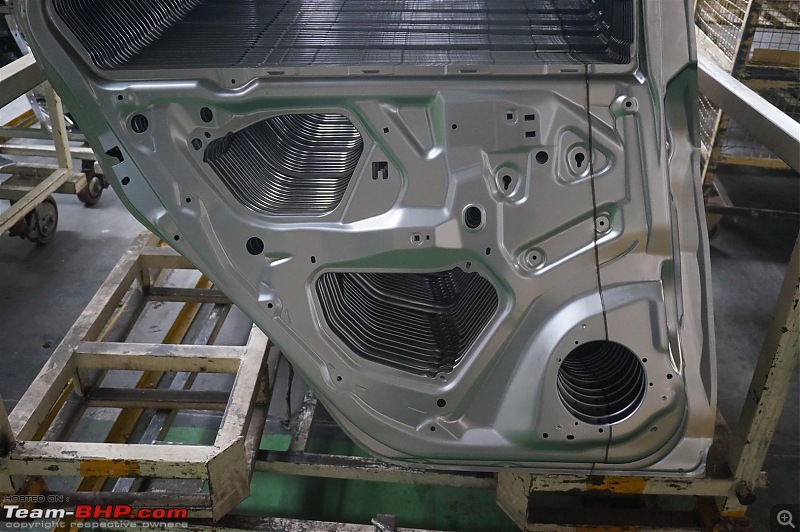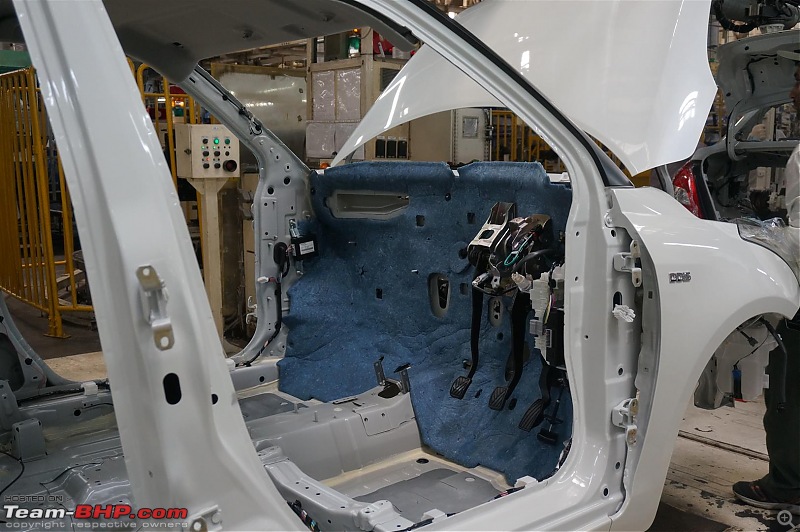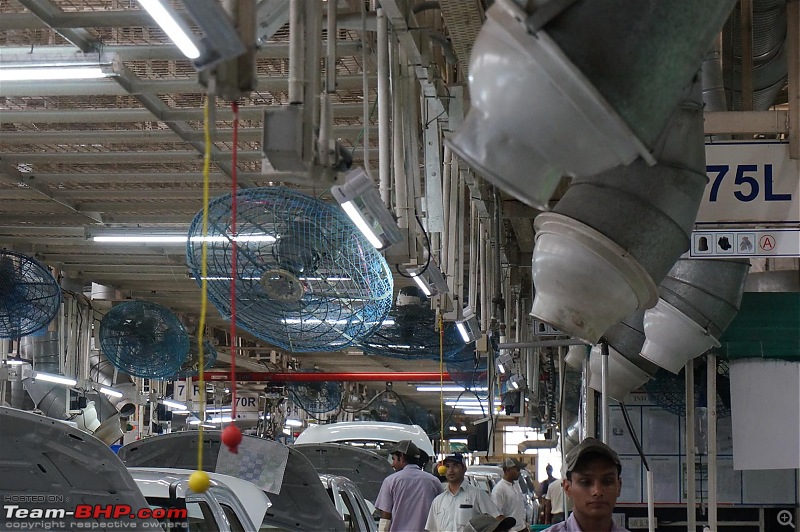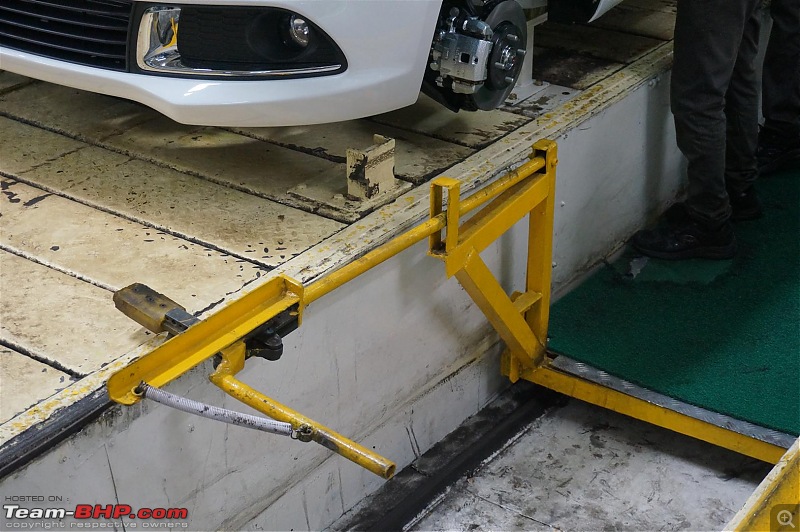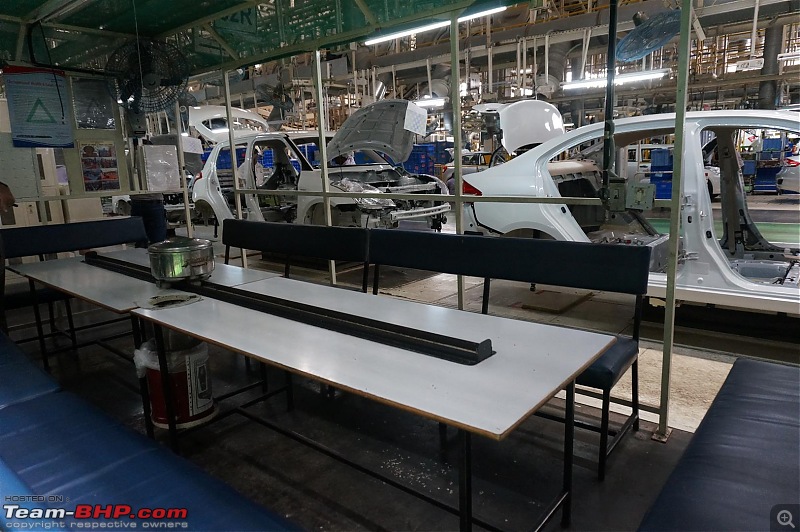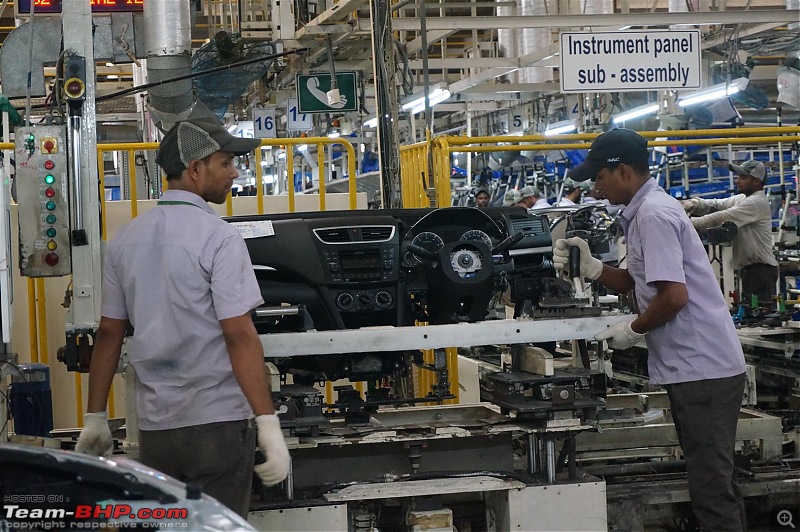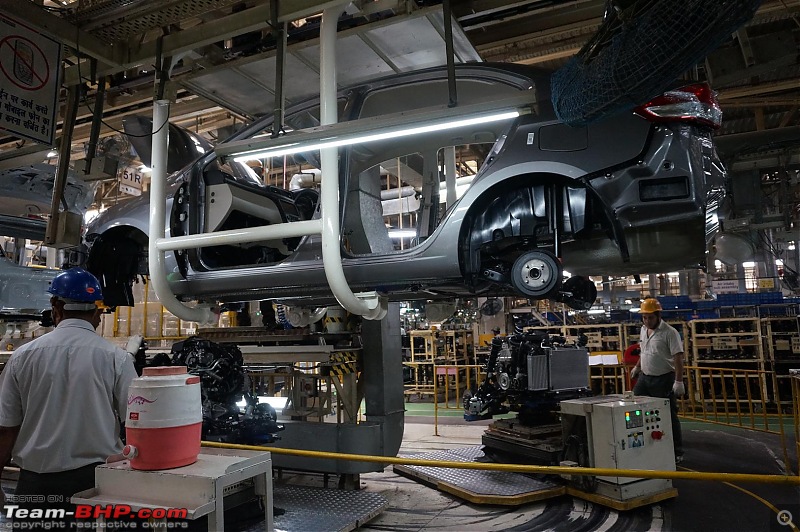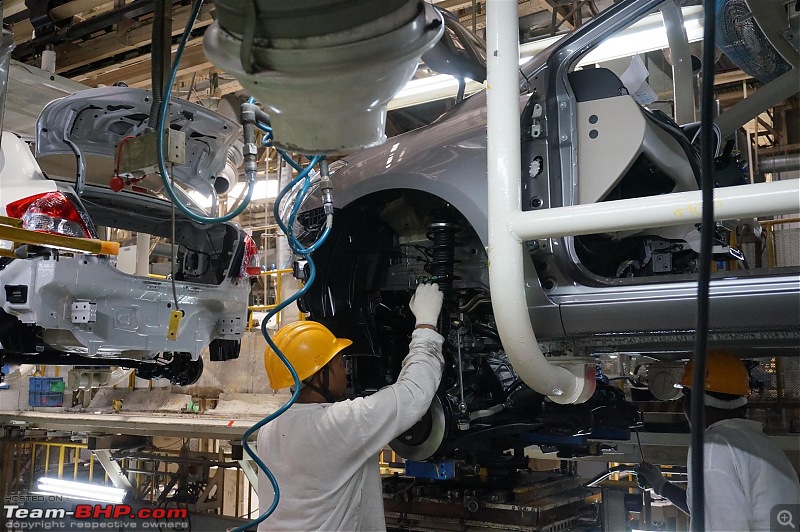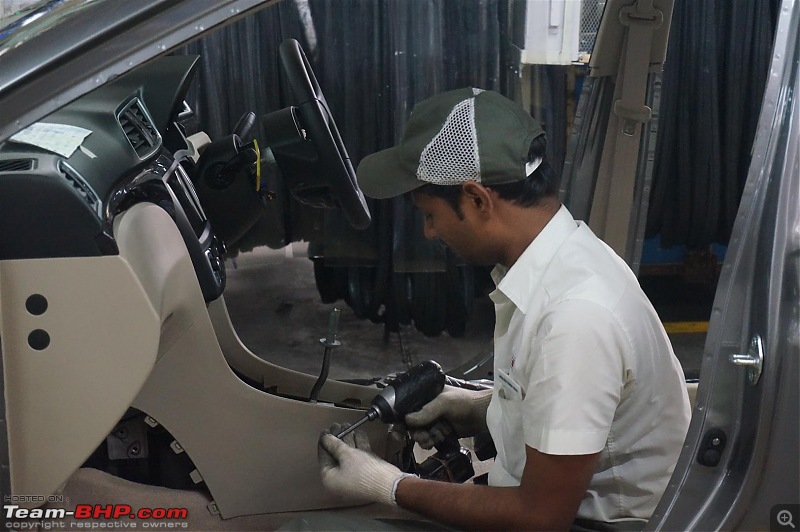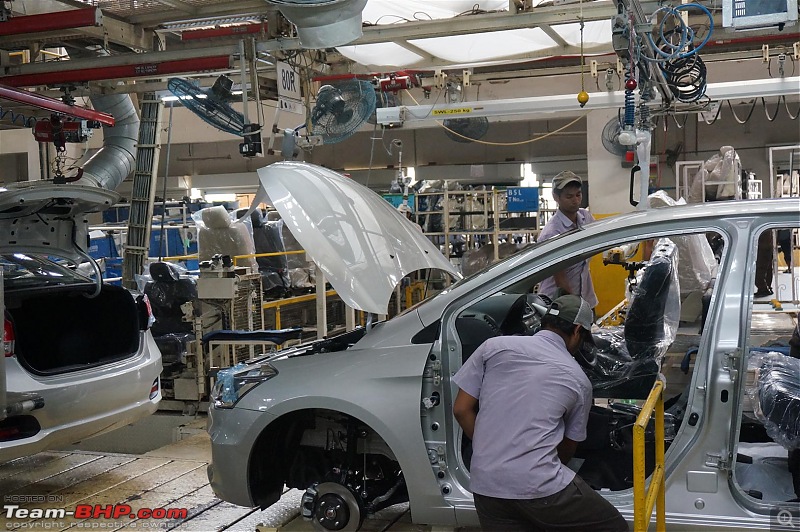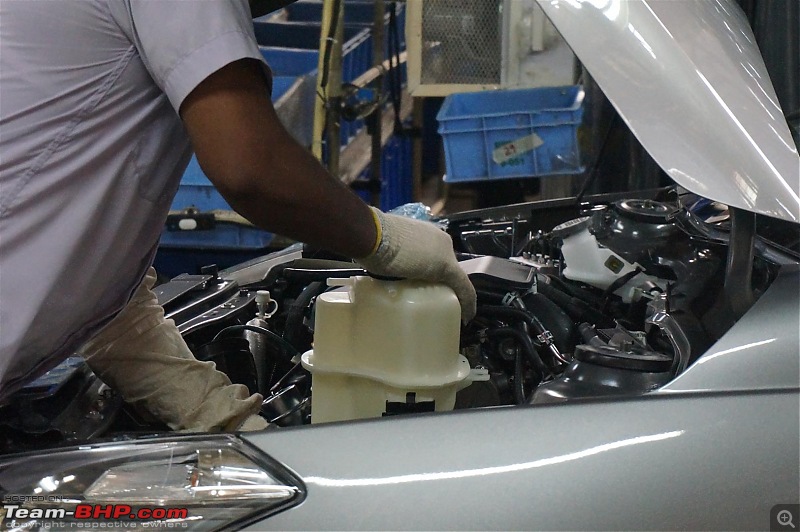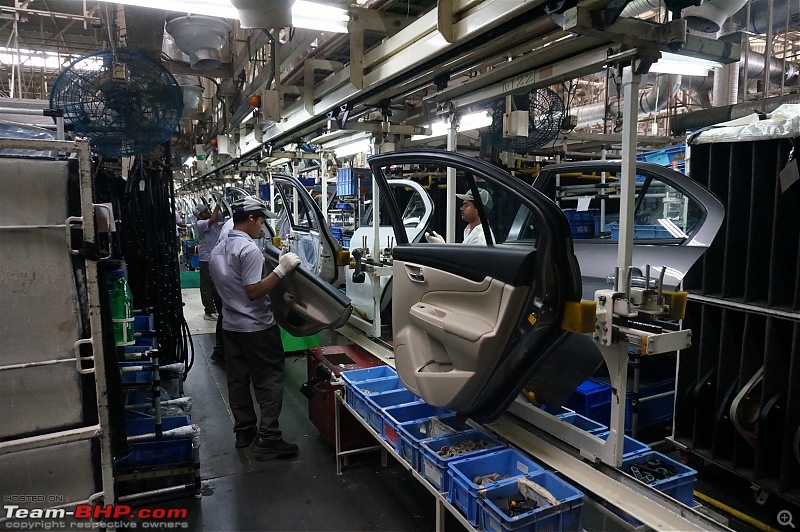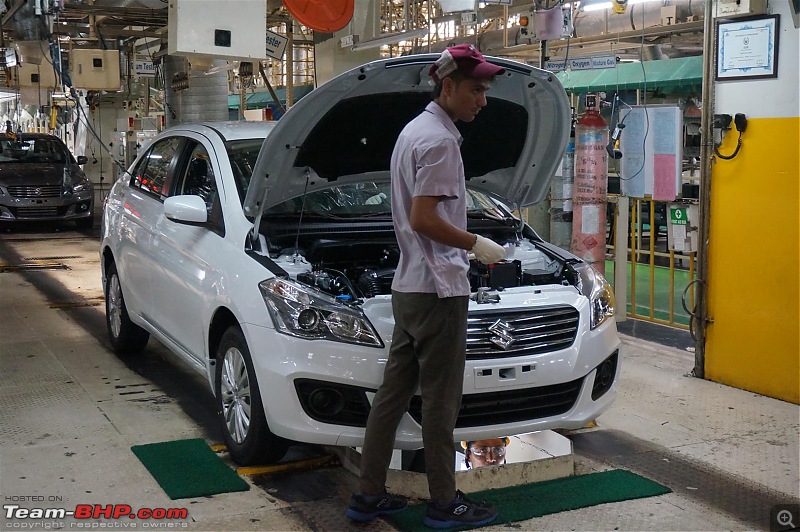| | #1 |
| Senior - BHPian | |
| |  (37)
Thanks (37)
Thanks
|
| |
| | #2 |
| Senior - BHPian | |
| |  (37)
Thanks (37)
Thanks
|
| | #3 |
| Senior - BHPian | |
| |  (36)
Thanks (36)
Thanks
|
| | #4 |
| Senior - BHPian | |
| |  (40)
Thanks (40)
Thanks
|
| | #5 |
| Senior - BHPian | |
| |  (23)
Thanks (23)
Thanks
|
| | #6 |
| Senior - BHPian | |
| |  (35)
Thanks (35)
Thanks
|
| | #7 |
| Senior - BHPian | |
| |  (42)
Thanks (42)
Thanks
|
| | #8 |
| Senior - BHPian | |
| |  (67)
Thanks (67)
Thanks
|
| | #9 |
| Team-BHP Support  | |
| |  (3)
Thanks (3)
Thanks
|
| | #10 |
| Distinguished - BHPian  | |
| |
| | #11 |
| Team-BHP Support  Join Date: Sep 2010 Location: All over!
Posts: 7,613
Thanked: 18,336 Times
| |
| |  (1)
Thanks (1)
Thanks
|
| |
| | #12 |
| BHPian | |
| |  (1)
Thanks (1)
Thanks
|
| | #13 |
| BHPian Join Date: Aug 2014 Location: Utrecht
Posts: 369
Thanked: 327 Times
| |
| |  (1)
Thanks (1)
Thanks
|
| | #14 |
| Senior - BHPian Join Date: Feb 2011 Location: On-board JWST
Posts: 1,375
Thanked: 4,126 Times
| |
| |  (3)
Thanks (3)
Thanks
|
| | #15 |
| BHPian Join Date: Jan 2013 Location: Cochin
Posts: 237
Thanked: 393 Times
| |
| |
 |
Most Viewed






